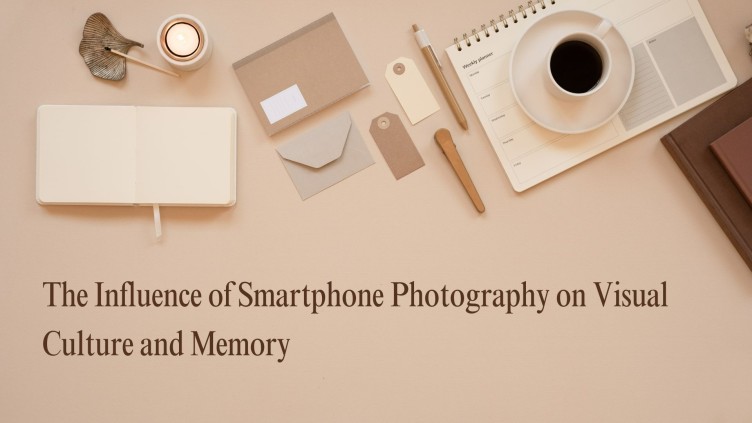In today’s digital age, smartphones have become ubiquitous, transforming how we capture and interact with photographs. This shift has not only democratized photography but also significantly impacted visual culture and our collective memory. Let’s delve into how smartphone photography has reshaped these aspects of our lives.
Democratization of Photography
Gone are the days when photography was confined to professional photographers with expensive equipment. Smartphones equipped with high-resolution cameras have put the power of photography into the hands of billions worldwide. This democratization has allowed individuals to document their lives, surroundings, and experiences effortlessly. Social media platforms like Instagram, Facebook, and Snapchat have further amplified this phenomenon, turning everyone into potential visual storytellers.
Instantaneous Documentation and Sharing
One of the most profound impacts of smartphone photography is its ability to capture moments instantly and share them globally within seconds. This immediacy has altered how events are documented and perceived. For example, during significant global events such as protests or natural disasters, smartphone images and videos often provide real-time, firsthand perspectives that traditional media may not capture immediately. This instant sharing fosters a sense of connectedness and empathy among global audiences.
Visual Culture and Self-Representation
Smartphone photography has also contributed to the evolution of visual culture and self-representation. Platforms like Instagram have popularized visual aesthetics and trends, influencing everything from fashion to travel destinations. Users curate their feeds, carefully selecting and editing photos to craft personal narratives and identities. This curated self-representation has become integral to modern social interactions and self-expression, shaping how individuals perceive themselves and others.
Memory and Personal Narratives
Photographs have always been tied to memory, serving as visual anchors for our personal and collective histories. Smartphone photography has intensified this relationship by making it easier to document daily moments and milestones. The sheer volume of photos captured on smartphones has expanded our capacity for memory preservation but also raises questions about how these digital memories are stored, shared, and remembered over time.
Challenges and Concerns
However, the ubiquity of smartphone photography also raises significant concerns. The focus on capturing moments often detracts from living them fully, prompting debates about the authenticity of experiences mediated through screens. Moreover, the digital nature of smartphone photos raises issues of privacy, image ownership, and the reliability of digital archives for future generations.
Relevance to Current Times
In the era of social distancing and virtual connections, smartphone photography has played an even more crucial role in maintaining social bonds and documenting shared experiences. During the COVID-19 pandemic, for instance, smartphone photos became primary means of staying connected with loved ones and documenting the impact of the crisis globally.
Conclusion
Smartphone photography is not merely a tool for capturing images but a cultural force that shapes how we see the world and ourselves. It has democratized photography, altered visual culture, and redefined how we preserve and share memories. While it brings immense opportunities for creativity and connectivity, it also poses challenges that require thoughtful consideration. As we continue to navigate this visual revolution, understanding its profound impacts on culture and memory is essential for appreciating its full scope and implications.
In conclusion, smartphone photography has profoundly influenced visual culture and memory, democratizing photography, shaping self-representation, and altering how we document and remember our lives. As technology continues to evolve, so too will its impact on our visual narratives and collective memories.







